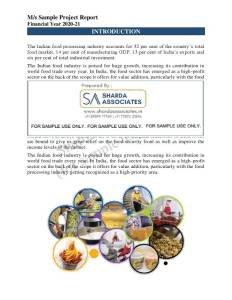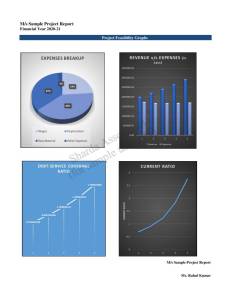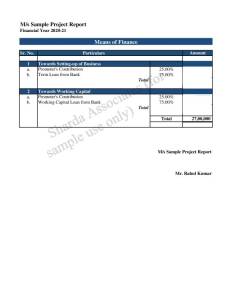Project Report For Sanitary Ware
Introduction
The project report for Sanitary Ware is as follow
Sanitary ware is a subcategory of ceramic wares. Ceramic sanitary ceramics have been shown to be cost-effective and long-lasting. Sanitary goods can bear more than 350 kg of weight and have high chemical resistance. Because of the glossy surface qualities of sanitary ware, it is easy to clean. Nowadays, sanitary goods are produced from a range of materials, each with distinct benefits over the others. However, sanitary dishes produced of ceramic have numerous benefits over those made of other materials, and they are also more cost-effective. It is widely accepted in society. Ceramic sanitary goods are used for sanitation and include products such as washbasins, closets, urinals, sinks, bathtubs, and hoppers. It possesses excellent resistance to weathering, chemical erosion, mechanical strength, and abrasion resistance. It is preferred above other materials for use in sanitation. In the foreseeable future, the prospect of replacing these goods with alternative materials appears to be bleak. They are less expensive, easier to clean, have a longer lifespan, and come in a variety of attractive colours.
Manufacturing Procedure Non-plastic raw materials such as quartz, feldspar, and clay are crushed and ground to the desired fineness. They are emptied into an agitator, where additional clay is added in accordance with the composition. The slip is filtered, magnetized, and maintained in an agitation tank with the necessary flocculant added. Plaster moulds are used to cast the goods. The goods are dried and finished before being stored on exposed racks to dry. The dry ceramics are checked for cracks before being sprayed with glaze. It is then placed in the kiln for firing at a temperature of about 1260 degrees Celsius. They are sorted and packaged for sale after they have been fired.
Market Potential Of Sanitary Ware
The market for ceramic sanitary ware is highly promising since demand is growing at a rapid pace. The causes are not difficult to find. The increased living standards, along with favourable economic conditions, as well as supportive government regulations for the housing industry, speak volumes about the need for these items. In the metropolitan regions, there is a lot of remodelling going on. All of these elements assure and generate good demand for these things. It is a necessary and important element of the development of homes, educational and research institutions, hospitals, enterprises, hotels and restaurants, cinemas, and other public spaces.
The formation of the Housing Development Finance Corporation, as well as the lucrative financial schemes of the government and private banks, as well as the easy access to finance at low rates of interest from banks, has pushed building material requirements due to overall growth in the construction industry. The involvement of the private sector, which accounts for the lion’s share of housing and building investment, has grown and will continue to grow.
There are around 120 small scale plants with an annual capacity of approximately 85,000 MT. Small-scale companies mostly produce white-coloured opaque sanitary ware, which is in a growing market in rural regions. A number of facilities have also begun producing coloured sanitary ware, which is in high demand not just in metropolitan areas but has also generated a solid export market. The states and the central government have started a number of house-building schemes and sanitation programmes around the country, which provides a lot of opportunities for small-scale businesses.
Project Report Sample On Sanitary Ware
Need Help?
Create 100% Bankable Project Report





